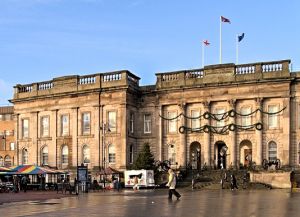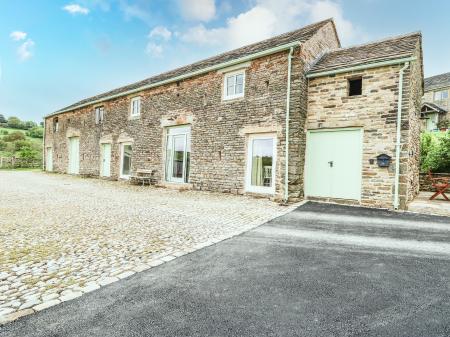
History
The Manchester Regiment traces its history to 1758 and the formation of the 63rd Regiment of Foot. The new regiment, who became known as 'The Bloodsuckers', saw their first action on the Caribbean island of Guadeloupe when they helped seize the island from the French. The regiment saw action in the American War of Independence, where they took part in the famous Battle of Bunker Hill in Boston.
Renamed the 63rd (the West Suffolk) Regiment of Foot, the regiment served in the French Revolutionary War and the Napoleonic Wars, before moving on to Ireland, Tasmania, and the Crimea, before serving in several overseas locations including Canada, India, and Afghanistan.
Then in 1881, a major army reform under Secretary of State for War Edward Cardwell saw the 63rd merge with the 96th Regiment of Foot, to create The Manchester Regiment. It is by this name, or a shortened version, 'The Manchesters', that the regiment is best known.
In 1958, exactly 200 years after it was formed, the Manchester Regiment was merged with the King's Regiment (Liverpool) to create the new King's Regiment (Manchester and Liverpool).
The Manchesters were strongly linked to Ashton-under-Lyne. The regimental HQ was at the Ladysmith Barracks on Moseley Road, so it seemed appropriate to make Ashton the home of a museum dedicated to the regiment.
The Museum
Two centuries of regimental history come to life in this museum, located upstairs in the historic town hall. The museum is focussed on the stories of the men and women who served in the regiment, through the thousands of objects they left behind. See equipment, weapons, uniforms, old photographs, medals, and souvenirs from the far-flung places around the globe where the regiment served.
See 5 Victoria Crosses won by soldiers of the regiment. A special exhibit tells the story of poet Wilfred Owen, who served with the regiment. Another exhibit recreates in dramatic fashion a battlefield trench, and you can see a recreated wartime kitchen, and a display on Women in Wartime, and videos covering home life during times of conflict.
The museum is free to enter.



